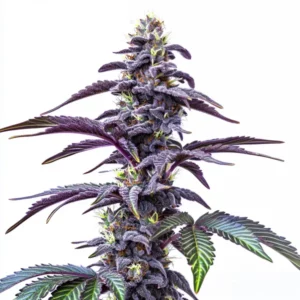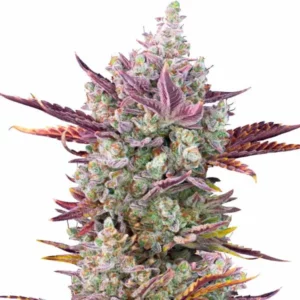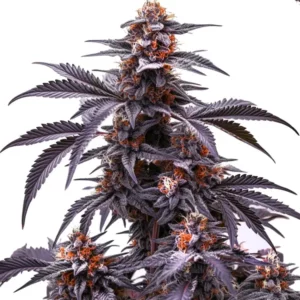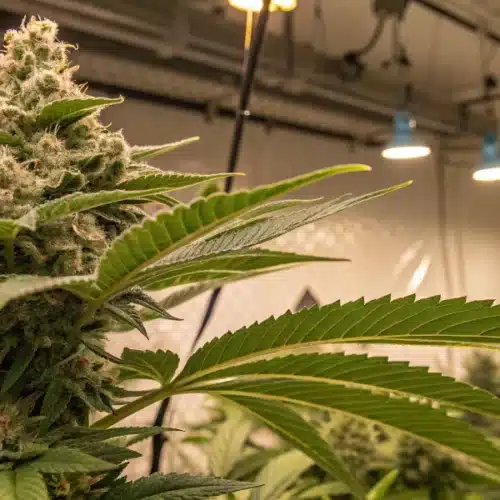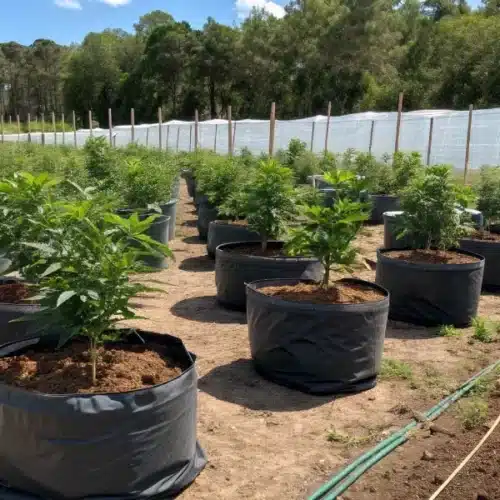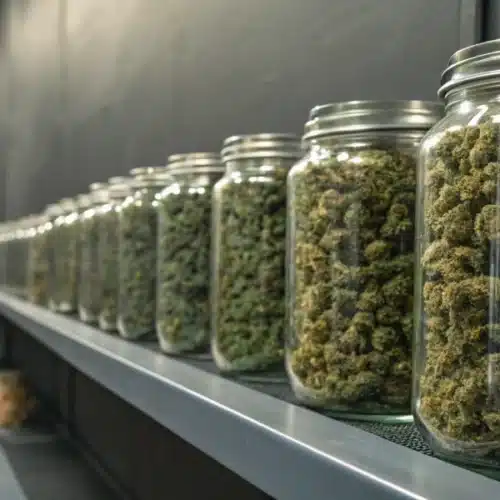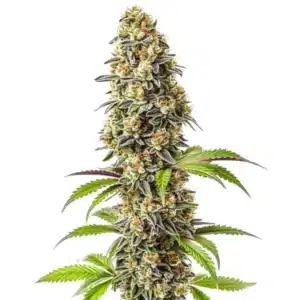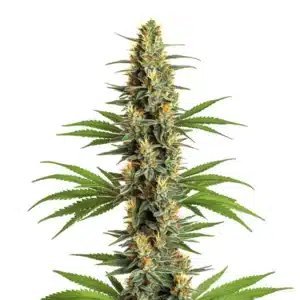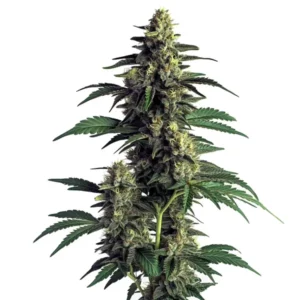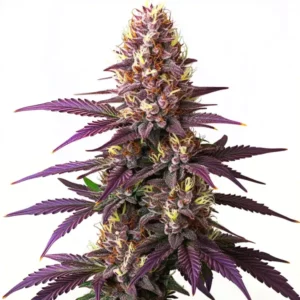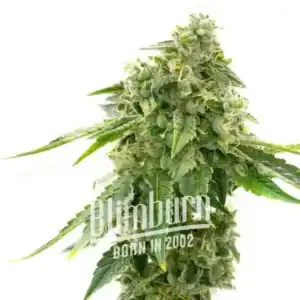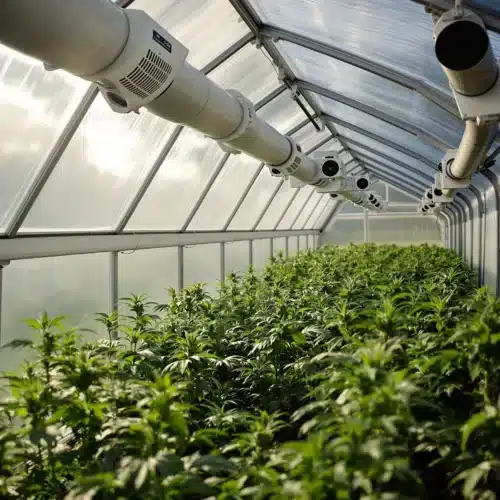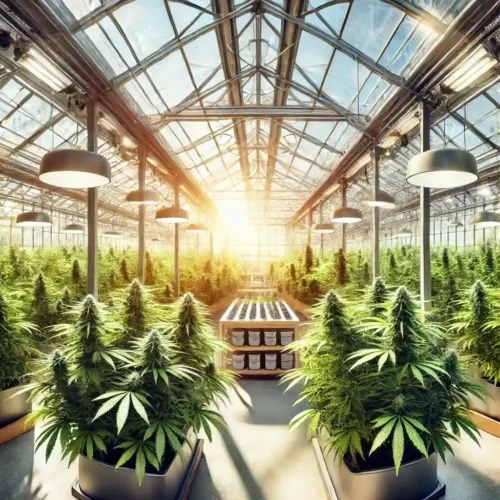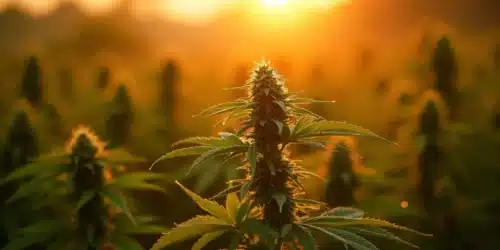Setting up the perfect greenhouse for outdoor cannabis cultivation can significantly influence your growing results. A well-designed greenhouse offers numerous advantages, such as temperature control, protection from pests, and extended growing seasons. This article provides practical tips for creating the ideal outdoor grow environment so you can maximize your harvest.
Choosing the Right Location
Choosing the right location for your greenhouse is a crucial first step, as it sets the stage for how well your plants will thrive. Look for a spot that receives ample sunlight throughout the day and is sheltered from harsh winds. These factors will help create a naturally favorable surrounding for your plants as they grow. It’s also wise to consider the proximity to water sources and the overall layout of your outdoor space; having all you need nearby can make gardening less of a chore and more of an enjoyable activity!
When selecting a site, take time to observe how sunlight travels across your property throughout the day. Most cannabis plants need at least six hours of direct sunlight to flourish, so be mindful of areas that are shaded by trees or large structures. If you’re unsure, you could take a few days to monitor sunlight patterns, it may surprise you how different areas of your garden are illuminated as the seasons change.
Evaluating Sunlight Exposure
One effective way to assess sunlight exposure is to use a sunlight chart available online. This handy tool helps pinpoint the best spots in your garden or yard based on sunlight patterns, making your decision-making process much easier. While you’re at it, track the light patterns in your chosen area over a few days or weeks; you may discover that some locations get varying degrees of light at different times of the year.
Additionally, consider using reflective materials around your greenhouse. These can help maximize light utilization by bouncing sunlight onto your plants, giving them the extra boost they need to grow strong and healthy. This small adjustment can create noticeable differences in growth rates and overall plant health, boosting your confidence as a grower!
Wind Protection
Strong winds can pose a threat to your greenhouse and your precious plants. If possible, select a location that enjoys natural windbreaks, think structures, trees, or dense shrubs. If your garden lacks natural barriers, fret not! You can create your barriers using fencing or tarp material to ensure your greenhouse stands strong during blustery days.
Alternatively, you might want to choose a greenhouse design that features stronger materials or additional bracing. This ensures that even during inclement weather, your plants will stay safe and secure, allowing you to focus on what you love: watching them thrive!
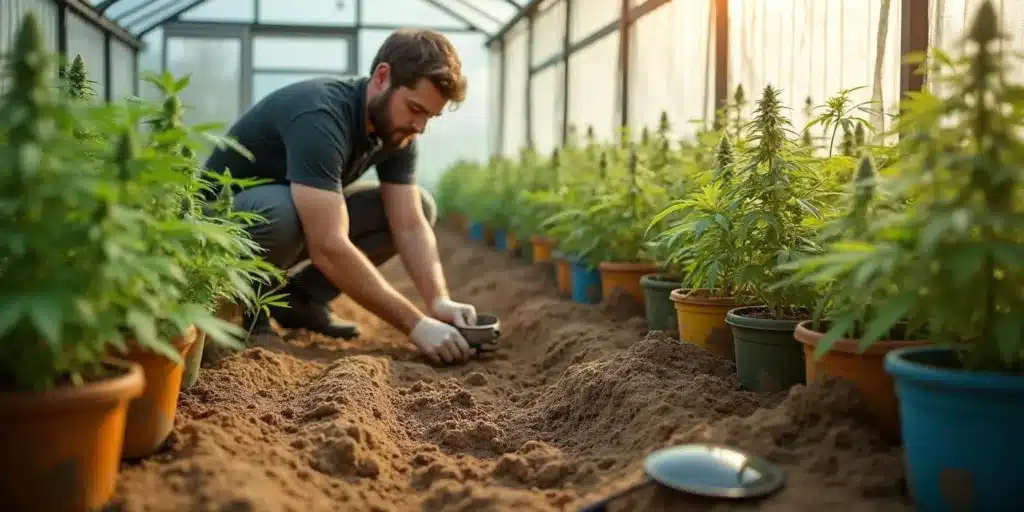
Promos & Deals
Selecting the Right Greenhouse Structure
When it comes to greenhouse structures, there are various options to consider. Choices range from simple hoop houses to more elaborate, freestanding glass greenhouses. Each structure has unique benefits, so it’s essential to choose one that meets your specific needs and stays within budget. Understanding the features of each type can help you make a more informed decision.
- Hoop Houses: These are cost-effective and easy to set up, making them perfect for new growers. They offer adequate protection and can be relocated if necessary, which provides flexibility in your gardening approach.
- Glass Greenhouses: These structures offer excellent light penetration and durability. However, they often come with a higher price tag and require more hands-on maintenance, making them more suitable for serious growers looking for longevity.
- Plastic Greenhouses: Lightweight and affordable, these greenhouses are favorites among many home growers. They can be tailored to various sizes and configurations, allowing creativity in your setup!
Insulation and Ventilation
Insulation plays a vital role in maintaining a stable temperature within your greenhouse. Opt for materials like polycarbonate or double-walled poly film, which provide effective insulation without compromising light. Adequate ventilation is also essential; it helps regulate temperature and humidity levels that can affect plant health. A well-ventilated greenhouse not only keeps plants comfortable but also minimizes diseases and mold growth.
Consider installing roof vents or side vents that can be easily opened and closed when necessary. This setup facilitates airflow, preventing any stuffiness. You could even look into automated systems that open vents based on temperature, taking one more task off your hands so you can spend more time admiring your plants!
Heating Solutions
If you’re gardening in cooler climates, having a heating solution can make a world of difference in extending your growing season. Options include electric heaters, heat mats, or even passive solar heating methods. Electric heaters are straightforward and effective but watch out for those energy costs! Heat mats are a budget-friendly alternative for seedling germination but may require extra heating during winter months.
Passive solar techniques, such as using thermal mass (items that absorb heat), can provide warmth without ongoing energy costs. Positioning stones or barrels filled with water inside the greenhouse can help store heat during sunny days and release it slowly at night, providing your plants with a cozy environment around the clock.
Optimal Soil and Nutrients
The quality of your soil has a direct impact on the health of your plants, so it’s worth investing time into understanding its composition. Conduct soil tests to evaluate pH levels and nutrient content, ensuring that it matches the needs of your chosen strains. Balanced soil with good drainage sets the basis for thriving plants, turning your greenhouse into a bountiful paradise!
Organic compost is an excellent addition for enhancing soil health. Not only does it improve nutrient content, but it also aids soil structure and promotes healthy root development. Remember, healthy plants grow in healthy soil! Additionally, incorporating elements like perlite can improve drainage, while vermiculite retains moisture, striking a perfect balance in your soil mix.
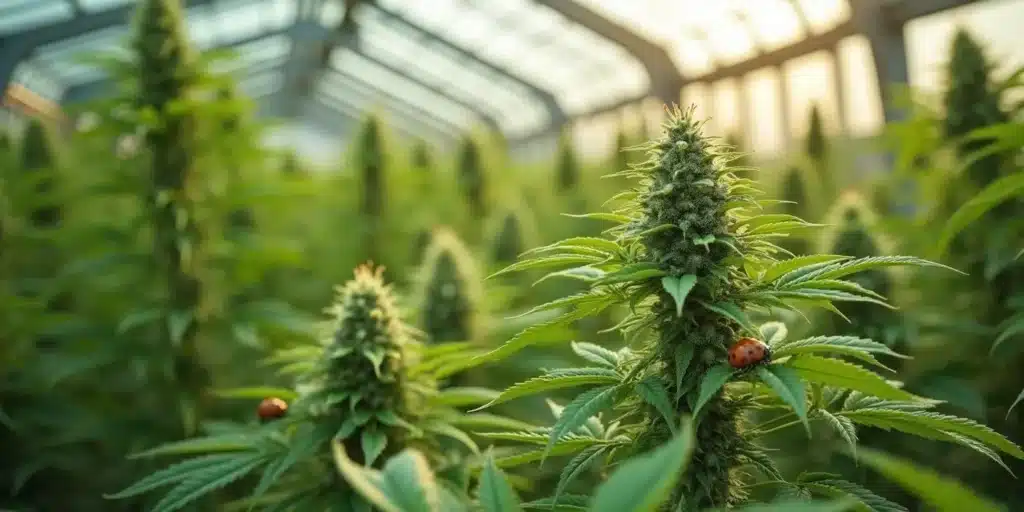
Nutrient Management
Regular feeding of your plants is essential to keep them healthy and productive. The nutrient needs may vary depending on the strain, so it’s wise to familiarize yourself with what each strain demands. Plants, especially those in greenhouses, tend to grow faster and can deplete soil nutrients more quickly than those grown outdoors, making regular assessments crucial to their success!
Fertilizers should align with the growth stage of your plants; seedlings require a different nutrient profile than mature plants. Look for fertilizers rich in nitrogen during the vegetative stage, switching to those higher in phosphorus and potassium as flowering begins. By keeping a close eye on your plants’ needs, you’ll foster an environment ripe for flourishing growth.
Watering Techniques
Proper watering is vital for plant health, and cannabis plants prefer a wet-dry cycle. They enjoy drying out slightly between waterings, which is where implementing a drip irrigation system can be a game changer. This method helps maintain moisture balance while minimizing waste, it’s efficient and effective!
Make a habit of checking soil moisture levels regularly, especially during hot weather. Overwatering can lead to root rot, while underwatering can send your plants into stress mode. Finding that sweet spot will ensure your plants remain healthy and productive, giving you peace of mind as you nurture your green babies.
Choosing the Right Strains
When selecting cannabis strains, it’s essential to consider which varieties thrive best in your specific greenhouse conditions. Characteristics like growth time, yield, and resistance to pests or diseases will play a significant role in your success as a grower. Choosing wisely can yield fruitful harvests for years to come.
- Strawberry: This strain is known for its delicious fruity flavor and high THC content, which makes it popular among many growers seeking potent results.
- Critical: Renowned for its incredible yield and resilience, Critical can flourish in controlled environments, producing smooth and potent buds that will impress.
- Green Crack: With its energetic effects and robust growth, Green Crack thrives outdoors and is an excellent choice for beginners looking for success.
Pest Management
Even in a carefully controlled environment, pests can still find their way into your greenhouse. To combat this, regularly inspect your plants and consider integrated pest management (IPM) techniques. This approach balances natural pest control methods with occasional, effective interventions, reducing potential harm to your plants and the environment overall.
Introducing beneficial insects like ladybugs or predatory wasps can provide a natural way to manage pests without relying on harsh chemicals. Additionally, maintaining proper airflow and cleanliness in your greenhouse can significantly reduce the likelihood of pest infestations, creating a healthier space for your plants to thrive.
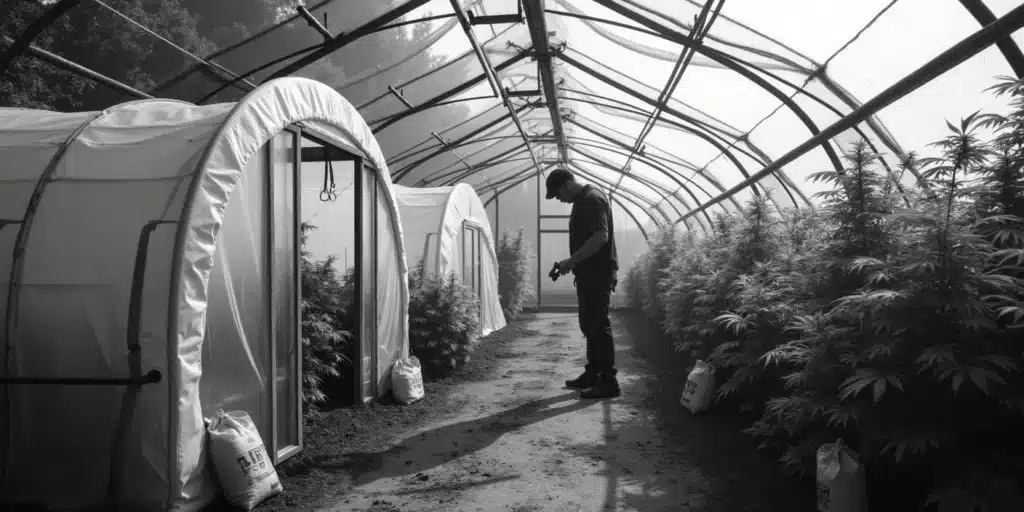
Lighting Considerations
While natural light is crucial for plant growth, there are times when additional lighting can work wonders. This is especially true during winter months when daylight hours are short and plant growth may slow down. Grow lights, such as LED or fluorescent options, can effectively supplement sunlight without demanding excessive energy consumption, making them budget-friendly solutions!
- LED Lights: Energy-efficient and adjustable, these lights can be modified for different wavelengths to promote specific growth stages, ideal for optimizing plant health.
- Fluorescent Lights: This lighting provides a suitable spectrum for seedlings, making them a smart choice for smaller setups that require nurturing.
- HID Lights: High-intensity discharge lights offer powerful illumination, but they need proper cooling systems due to the heat they output, so it’s best to plan accordingly.
Light Duration
Different stages of growth require varying light durations. Young plants generally thrive under 18 hours of light and 6 hours of dark, while flowering plants usually need around 12 hours of light for optimal results. To simplify the process, consider using timers to automate the lighting schedule, ensuring consistent care as your plants grow.
Always pay attention to how your plants respond to light. If you observe stretching, this may indicate insufficient light, prompting you to either increase exposure or adjust the light position. Keeping a watchful eye on your plants will help you refine your growing practices, leading to fruitful outcomes.
Maintaining Optimum Conditions
Maintaining the right temperature and humidity levels is essential for thriving plants. Ideally, daytime temperatures in your greenhouse should range between 70-85°F (21-29°C), while nighttime temperatures can drop to around 60-70°F (15-21°C). Keeping tabs on these numbers will arm you with the knowledge needed to support your plants throughout their growth stages.
Humidity levels fluctuate during various growth phases as well. Seedlings thrive in higher humidity (around 70-80%), while mature plants prefer drier conditions (around 40-50%). A hygrometer can be your best friend in checking humidity levels, and fans can help circulate air to manage these levels effectively. By creating a comfortable environment, you’ll set your plants up for success!
Temperature Control
Insulating your greenhouse helps stabilize temperatures, but depending on extreme conditions, additional measures might be necessary. Shade cloths can help reduce heat during the summer, while thermal blankets are fantastic for keeping warmth inside during colder months.
Consider using a thermometer that continuously monitors both daytime and nighttime temperatures. Keeping a close eye on these numbers helps you react promptly to any changes, ensuring that your plants remain within their preferred temperature range and grow in a nurturing environment.
Harvesting and Season Extension
Harvesting your cannabis at the right time plays a key role in ensuring the best flavor and potency. Pay close attention to trichome development, as they transition from clear to milky when the plants are ready. A magnifying glass can be a handy tool in this process, enhancing your harvest experience!
If your climate doesn’t allow for a lengthy growing season, you can use seasonal extension techniques like hoop houses or cold frames. These options enable you to harvest outside the usual growing windows in many areas, providing a safety net for your crops. This clever approach helps you make the most of what your garden can offer, no matter the climate.
FAQ
What size greenhouse is best for beginners?
A small to medium-sized greenhouse (around 10×12 feet) is often suitable for beginners. This size allows for sufficient air circulation and light exposure without overwhelming you with management and upkeep tasks. Starting small lets you get comfortable with greenhouse gardening.
How do I control pests without using chemicals?
Naturally occurring predators, companion planting, and maintaining cleanliness are effective ways to manage pests organically. Creating a welcoming environment for beneficial insects while keeping track of plant health will help you catch any issues early on, ensuring the success of your garden.
Can I grow cannabis outdoors without a greenhouse?
Yes, growing cannabis outdoors without a greenhouse is definitely achievable. However, a greenhouse provides better protection from weather elements and pests while allowing for a more extended growing season. Although outdoor plants are more vulnerable, they can thrive with diligent care and attention.
How can I tell if my plants are receiving enough light?
Look for signs of stretching in your plants, which indicates that they’re seeking more light. Conversely, plants that appear compact and bushy are usually getting adequate illumination. Adjust your lighting setup if you notice any troubling signs, keeping your plants happy and healthy is key!
What should I do if my plants are not flowering?
Ensure your plants receive the right amount of light duration for flowering. If they remain unresponsive, check nutrient levels and overall plant health for potential issues. Some strains have longer flowering times than others; patience may be essential while you guide your plants through their progression.

